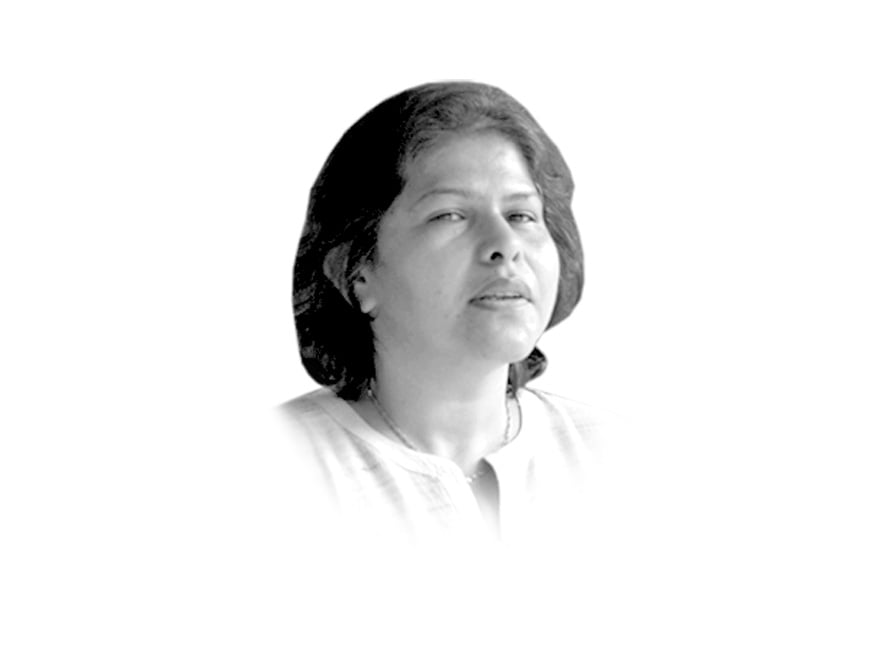
Since the closing of the place, writers have shifted to other venues, none of which match the Pak Tea House. Lahore lovers lamented the demise of an institution. This chai khana had an extraordinary history. Great men and women of Pakistani literature gathered here to discuss ideas and share their art.
As I read Alam’s article, I wanted to share with him the agony of seeing Pak Tea House dying much before it was physically closed down. My argument is not, too, different from Alam’s. According to him, the death of the place was inevitable due to problematic urban development. I would just like to add that the famous chai khana could not escape extinction because it had become intellectually stale and unviable before it tuned financially burdensome.
Its strength was the environment which it was a part of. During its heyday, the Tea House was part of a constellation, including the Pakistan Writer’s Guild and the Progressive Writer’s Association. There were big names that represented an age when minds were not constrained by xenophobia and intolerance at the social, political, economic and cultural levels.
The demise of the aforementioned institutions lay between two critical fault lines. First, the 10 years of military dictatorship of General Ziaul Haq took its toll on the country’s intellectual life. The period from 1977-88 was known for injecting corruption amongst the intelligentsia. The provision of plots, jobs and cars to intellectuals, or gently coaxing them during the annual writer’s conference, were some of the many ways of soft harassment.
The state raised an intellectual brigade which was meant to create a hyper-nationalist and xenophobic mindset. Radio and television encouraged the baba culture (installing some men of letters as the voice of wisdom) which promoted compliance and collusion with the state. Icons of Urdu literature such as Ashfaq Ahmed, Bano Qudsia and Qudratullah Shahab built a cult that encouraged patience and forbearance of dictatorial regimes and authority. Just like older Muslim philosophers who wrote and created ideas at the behest of emperors, a number of intellectuals knotted their prose and poetry to ensure silencing of public agitation by using tools of religious and national ideology. In return, these people were guaranteed perks. Some writers were installed as head of public institutions, from where they were not removed until they died.
The second fault line, which was a natural consequence of the first one, was the intellectual inferiority of the bulk of the intelligentsia. This problem was most pronounced amongst those writing in Urdu. Therefore, the development of Urdu literature is far inferior to what we will find in other literatures in the world, or even in our own region. Added to this was the problem of the demise of Urdu as a language of social mobility. The upper-middle class stopped reading books in the national language which made literature financially unviable. Zia’s era brought in drugs and the Kalashnikov culture, compounded with neo-liberalism, which swept away almost everything else.
Since the state was trying to dumb down resistance, especially in Sindh which had a richer tradition of literature that captured the sentiments of its people, national languages were pushed to the back. Literature in other languages had to face a double whammy of resistance from the state and native Urdu-speaking writers and critics. The latter did not think much of anything unless it came from across the border.
To add to Rafay Alam’s voice, the Pak Tea House died pretty soulless. A country’s literature encapsulates its dreams and desires. The men and women of letters are makers of dreams — khaboun key suratgar. No wonder the decades of insipid literature has produced a nation that cannot change its fate and awaits messiahs.p
Published in The Express Tribune, January 2nd, 2011.




1726222798-0/Tribune-Pic-(13)1726222798-0-165x106.webp)
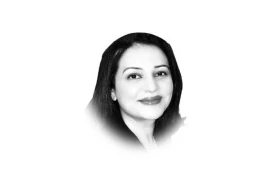
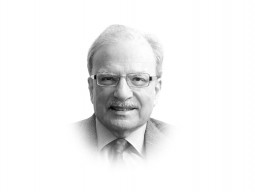


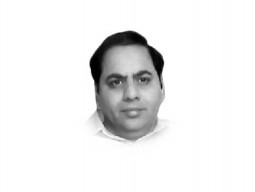




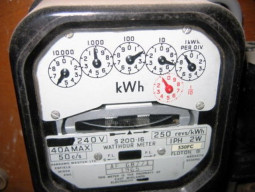
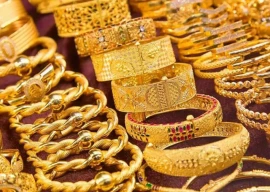
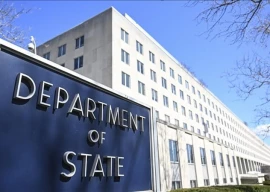


COMMENTS
Comments are moderated and generally will be posted if they are on-topic and not abusive.
For more information, please see our Comments FAQ